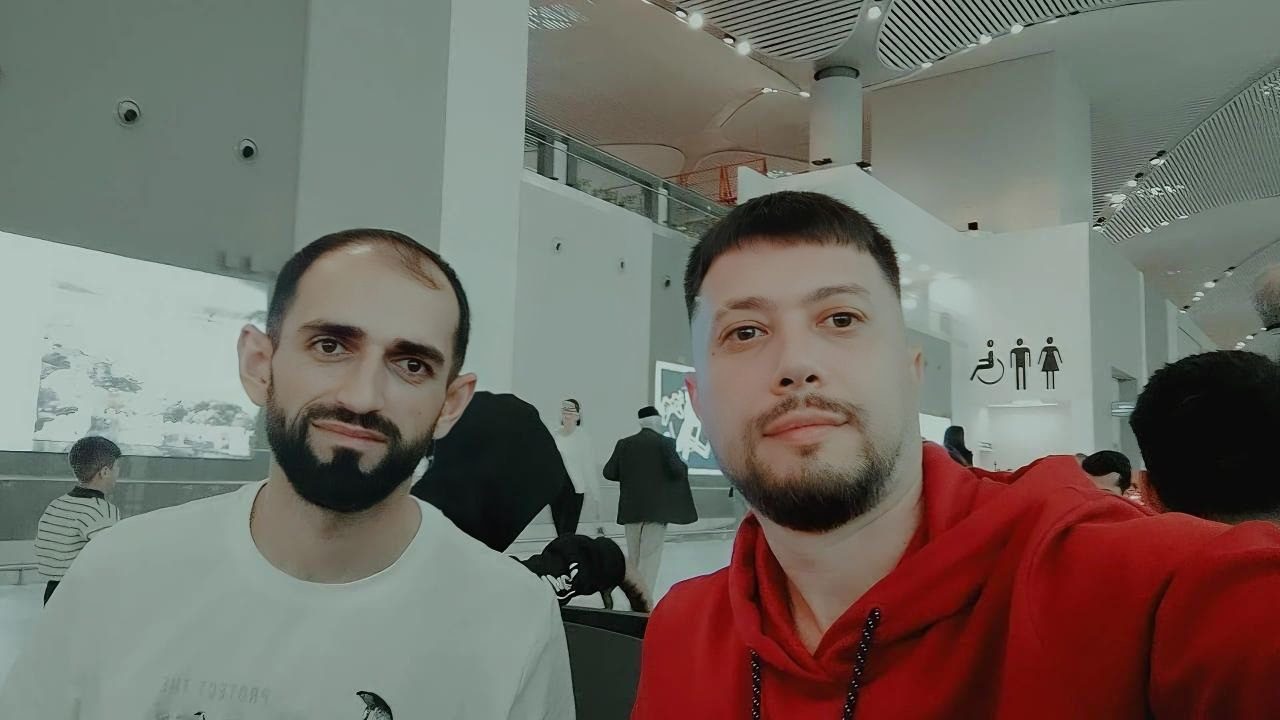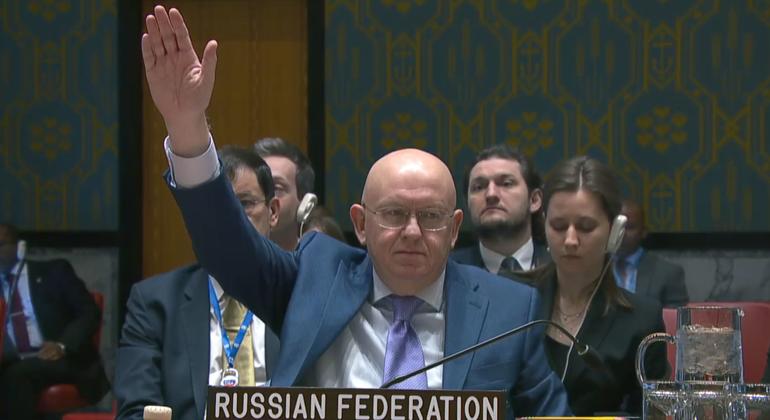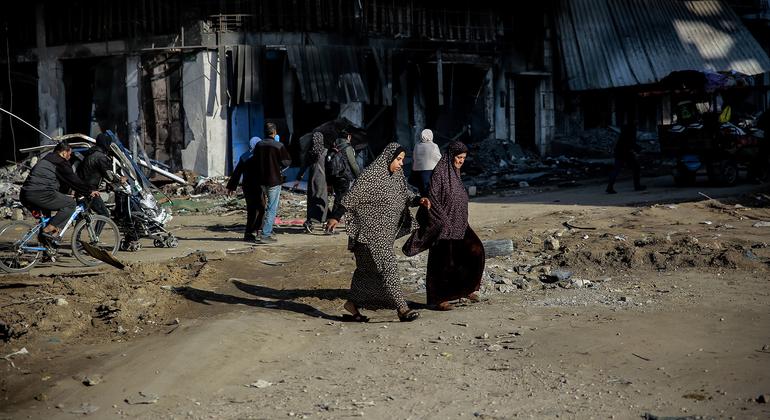Namiq and Mammadagha’s Story Exposes Systematic Religious Discrimination
It has been almost one year since best friends Namiq Bunyadzade (32) and Mammadagha Abdullayev (32) left their home country of Azerbaijan to flee religious discrimination because of their faith. They are both members of the Ahmadi Religion of Peace and Light, a new religious movement severely persecuted in Muslim-majority countries for beliefs considered heretical by mainstream Muslim religious scholars.
The Ahmadi Religion of Peace and Light (not to be confused with the Ahmadiyya Community founded in the 19th century by Mirza Ghulam Ahmad within a Sunni context, with which it has no relations) is a new religious movement that finds its roots in Twelver Shia Islam.
After enduring violent attacks by members of their local mosque, receiving threats from their neighbors and family, and finally getting arrested by the Azeri authorities for peacefully proclaiming their faith, Namiq and Mammadagha embarked on a perilous journey to safety and finally made it to Latvia, where they are currently claiming asylum. Their story sheds light on the challenges faced by the Ahmadi Religion of Peace and Light adherents in Azerbaijan, where practicing their faith comes at a steep price.
About the liberal practices of the Ahmadi Religion of Peace and Light
Members of the Ahmadi Religion of Peace and Light, with its beliefs differing from mainstream Islam, have been the target of discrimination, violence, and oppression in Azerbaijan. Despite the country’s constitutional guarantee of freedom of religion, they find themselves marginalized and persecuted for peacefully practicing their faith.
As believers in the Ahmadi Religion of Peace and Light, their adherence to doctrines considered heretical by mainstream Islam led to arrests and threats to forcefully recant their faith. Ultimately they were forced to flee their country.
The Ahmadi Religion has distinctive beliefs which challenge conventional Islamic teachings. It has therefore long been a source of contention in Azerbaijan. Followers of this faith, comprising a minority in the predominantly Muslim nation, have faced discrimination, harassment, and violence at the hands of both societal and state actors.
The persecution of the Ahmadi Religion stems from its core teachings that diverge from certain traditional beliefs within Islam. These teachings include the acceptance of practices such as consuming alcoholic beverages, though moderately, and recognizing the choice of women regarding the wearing of the headscarf. Additionally, members of the faith question specific prayer rituals, including the notion of mandatory five daily prayers, and hold the belief that the month of fasting (Ramadan) falls in December each year. They also challenge the traditional location of the Kaaba, Islam’s holiest site, asserting it is in modern-day Petra, Jordan, rather than Mecca.
The persecution of Namiq Bunyadzade and Mammadagha Abdullayev
Namiq and Mammadagha’s ordeal began when they openly embraced the Ahmadi Religion of Peace and Light in 2018, spreading their beliefs through social media and engaging with their local community in Baku. However, they were met with backlash and animosity, particularly after the release of their holy book, “The Goal of The Wise,” in December 2022.
Their local mosque turned against them, mobilizing its members to ostracize and intimidate them. They were the target of Friday sermons, warning the congregation against their “misguiding teachings.” Threats were hurled, their business suffered, and they faced physical and verbal abuse, all because of their religious beliefs. Their grocery shop, once a thriving business, became a target of boycotts and threats orchestrated by local religious leaders. Mammadagha recounts:
“We were in the shop when a mob of men from the local masjid came in, and called us heretics who are spreading satanic beliefs. When we refused to give in to their threats, they started throwing items off the shelves and warned: ‘Continue and you will see what we will do. We will burn you and the shop to the ground’.”
The situation reached a tipping point when neighbors and local community members started filing police reports against Namiq and Mammadagha. Eventually, they were arrested by plainclothes policemen on April 24, 2023, under trumped-up charges. Interrogated and threatened with severe consequences including beating and assaults, they were coerced into renouncing their beliefs to secure their release, signing a statement promising to cease all religious activities related to the Ahmadi Religion of Peace and Light.
Despite their compliance, the harassment continued, with surveillance and intimidation becoming a daily reality. Fearing for their safety and unable to practice their faith freely, Namiq and Mammadagha made the difficult decision to flee Azerbaijan, seeking asylum in Latvia.
Persecution of other members of the Ahmadi Religion of Peace and Light in Azerbaijan
Their story is not an isolated incident. In Azerbaijan, where Ahmadi Religion members are a minority, many face similar challenges. Mirjalil Aliyev (29), was arrested with four other members of the faith one evening after leaving the studio that they had set up to produce YouTube programs about the faith. At the police station, they were threatened with imprisonment if they ever spoke publicly about the faith again. But Mirjalil, like so many other members of the faith in Azerbaijan, considers it his religious duty to openly talk about and propagate his religion.
According to reports, there are currently 70 believers in the country, with many subjected to physical abuse and harassment by intelligence agencies or police. Many have been threatened under legal provisions, such as Article 167 of the criminal law which prohibits the production or distribution of religious material without prior permission.
In May 2023, followers of the faith in Azerbaijan protested the police harassment against members of the faith in Azerbaijan. They were stopped by police officers and prevented from continuing the march. The members who participated in the peaceful demonstration were detained by the police or State Security Service for charges related to disrupting public order and spreading a non-recognized religion in the country.
On the road to exile
Namiq, Mammadagha, Mirjalil, and 21 other Azeri members of the faith fled to Turkey. They were part of the 104 members of the Ahmadi Religion of Peace and Light who attempted to claim asylum at the official border crossing point with Bulgaria but were violently pulled back by Turkish authorities who beat them and forcefully detained them for five months in appalling conditions.
Deportation orders were issued against them, prompting the interference of the United Nations and other international human rights organizations which recognized them as a persecuted religious minority. The public attention the case received ultimately led to the Turkish court ruling in favor of the group, dropping all deportation orders against them and stating that their action by the border was fully within the scope of the law. But this publicity posed danger for the Azeri members of the faith once more. Believers like Mirjalil who had been coerced to sign a document forbidding them to publicly practice and propagate their faith had now broken the agreement and were at even more danger to return to Azerbaijan.
The persecution against members of the faith in Azerbaijan is not an isolated event, but is rather part of waves of persecution that unleashed against this religious minority ever since the release of the official gospel of the religion “the Goal of the Wise” authored by the head of the religion Aba Al-Sadiq.
In Algeria and Iran members have faced arrest and prison sentences and were forbidden from exercising their rights to religious freedom, and in Iraq they have suffered gunned attacks on their homes by armed militias, and scholars have called for them to be killed. In Malaysia, the religion has been declared “a deviant religious group” and social media accounts with content of the religion have been blocked.
For Namiq and Mammadagha, despite being detained unjustly in Turkey for over five months, they remain steadfast in their commitment to practicing their faith peacefully. Now residing in Latvia, they aim to rebuild their lives and enjoy their newfound freedom of religion and belief.














